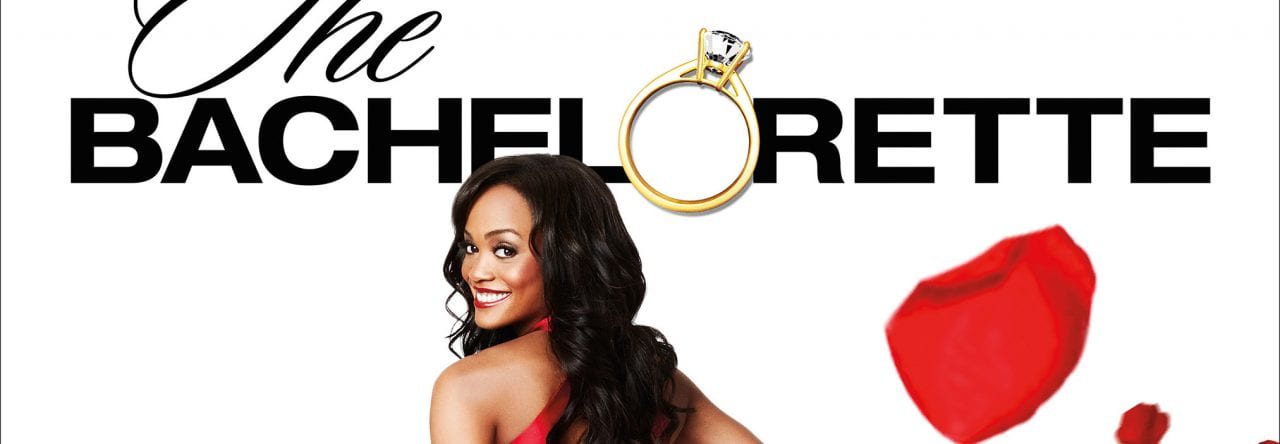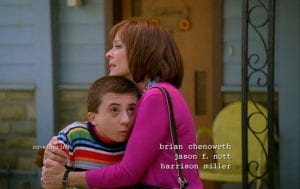*All peer-reviewed but #6*
1:
Signorielli, Nancy, and Susan Kahlenberg. “Television’s World of Work in the Nineties.” Journal of Broadcasting & Electronic Media, vol. 45, no. 1, 2001, pp. 4-22. ProQuest, http://prx.library.gatech.edu/login?url=https://search-proquest-com.prx.library.gatech.edu/docview/227280555?accountid=11107
“Television’s World of Work in the Nineties” examines the accuracy of the television world labor force. The article analyzes the over- or under-representation of minorities and women in certain industries when depicted on television. Specifically, Nancy Signorielli and Susan Kahlenberg find that married women do not have as many occupation options while single women are portrayed as having gender-neutral or traditionally male jobs. When compared to the U.S. labor force, men, by contrast, have no correlation between occupation and marital status. Studies continue to find that women have limited opportunities on TV due to the scarcity of employed married women.
This source outlines the discrepancy between what is presented on TV and reality. It is unfortunate that stereotypes restrict roles from some and define a false social norm. As the article suggests, this also has a negative impact on today’s children, adolescents, and heavy television viewers. The career choices of young viewers can be affected, and the received message is that women cannot hold better paying jobs while maintaining a healthy marriage. The external effects proposed by this assertion are significant and are crucial to our group’s research question.
2:
Signorielli, Nancy, and Aaron Bacue. “Recognition and Respect: A Content Analysis of Prime-Time Television Characters Across Three Decades.” Sex Roles, vol. 40, no. 7, 1999, pp. 527-544. ProQuest, http://prx.library.gatech.edu/login?url=https://search-proquest-com.prx.library.gatech.edu/docview/225370372?accountid=11107.
This document brings to light the lack of recognition received by women on television between the fall of 1967 and the spring of 1998. Compared to the numbers in the U.S. population, women have been largely underrepresented in television. One of the arguments made in the article investigates the occupations in which men and women are cast. Network programming of the 1970s and 1980s depicted fewer women working outside the home, and those with jobs were often cast in traditional “female” occupations such as secretaries, nurses, and teachers. Expectedly, men were more often presented as employed and in higher status jobs than women.
“Recognition and respect: A content analysis of prime-time television characters across three decades” highlights an important claim. The struggle of women in the film industry and the misinterpretation of women roles is unsettling. The prime-time network programs studied have flaws that aren’t always seen by the typical audience. Beyond the points made in the text and how they pertain to our research, this article is worth reading to grasp the injustice within such a large sector of American life.
3:
Matthes, Jö, Michael Prieler, and Karoline Adam. “Gender-Role Portrayals in Television Advertising Across the Globe.” Sex Roles, vol. 75, no. 7-8, 2016, pp. 314-327. ProQuest, http://prx.library.gatech.edu/login?url=https://search-proquest-com.prx.library.gatech.edu/docview/1819312024?accountid=11107, doi:http://dx.doi.org.prx.library.gatech.edu/10.1007/s11199-016-0617-y.
This source dives into the gender-role portrayals in television advertising. Jörg Matthes, Michael Prieler, and Karoline Adam collect data from thirteen Asian, American, and European countries and study the stereotypical depiction of men and women within television advertisements. The conclusion indicated stereotypes present world-wide, independent of each country’s respective gender equality measures. In other words, the specific culture of a country in preventing gender discrimination had no effect on the apparent stereotypes among the advertisements. The study also examines the working role of primary television characters. Results showed that stronger depiction of female characters in home settings was evident in countries such as Brazil, China, Germany, etc.
“Gender-Role Portrayals in Television Advertising Across the Globe” certainly adds concrete evidence of women stereotypes in the television world. This experiment focuses on unique details and controls variables to offer a convincing verdict. It’s critical to be cognizant of the world outside U.S. television, and this article contributes to a broader perspective.
4:
Witt, Susan D. “The Influence of Televison on Children’s Gender Role Socialization.”Childhood Education, vol. 76, no. 5, 2000, pp. 322-324. ProQuest, http://prx.library.gatech.edu/login?url=https://search-proquest-com.prx.library.gatech.edu/docview/210380519?accountid=11107.
This text investigates further into one of the subtopics of other studies. Susan Witt discusses the television influence on children and how it may be affecting their race and gender. According to this piece, television is the most impactful form of media to today’s youth. In fact, by age sixteen, kids will have spent more time watching television than time at school. With the rapid pace in which children assess information and develop cognitive standards, the attitudes and experience they witness on TV can quickly spawn stereotypes in the minds of teens. The idea that only women are nurses and only men are doctors can be falsely reinforced by television media. The inaccuracy in representation on television is having an impact on the perceptions of many at a young age.
The items discussed in “The influence of television on children’s gender role socialization” are worth pondering because they present future implications. Not only does the article discuss the existence of gender bias on television, but also what it could mean for future generations. Nations are often judged by education and attempts to prepare children for life. If television is corrupting this process, it is a poor reflection of the U.S. and elsewhere.
5:
Press, Andrea, and Terry Strathman. “Work, Family and Social Class in Television Images of Women: Prime-Time Television and the Construction of Postfeminism.” Women and Language, vol. 16, no. 2, 1993, pp. 7. ProQuest, http://prx.library.gatech.edu/login?url=https://search-proquest-com.prx.library.gatech.edu/docview/198874239?accountid=11107.
“Work, family and social class in television images of women: Prime-time television and the construction of postfeminism” focuses on how the issues raised by the feminist movement are articulated in television. There’s no denying that television images have shifted with time to reflect real world changes. However, the alterations made by television to depict the workplace, family, and women’s relation to each, do not always parallel reality. For example, modern television narratives fail to acknowledge the struggles faced by women with balancing work and family, providing child care, and balancing family budgets. In the television realm, single mothers are middle or upper-class, and poor families are almost non-existent. Facts oppose this false narrative; 69% of homes headed by women are poor while the median income for two-parent families is $30000.
These assertions are a reality check for most, myself included, who like to imagine the fantasy in television as fact. As viewers, we begin to conceptualize the typical American family from the plentiful illustrations on TV. As an experienced television watcher and as a researcher, this document was fascinating to read. Taking a step back and using skepticism when watching popular TV can sometimes be a convenient skill.
6:
Working Women on Television: A Mixed Bag at Best. NPR, Washington, D.C., 2013. ProQuest, http://prx.library.gatech.edu/login?url=https://search-proquest-com.prx.library.gatech.edu/docview/1352860925?accountid=11107.
This source consists of an NPR broadcast discussing various popular television programs and the roles of women within each. First, Modern Family was debated because none of the adult female characters work outside the home, which hardly reflects the fourteen percent of U.S. women who are stay-at-home mothers. In addition, age is not properly mirrored on many TV shows, as forty and older account for almost half of the population yet only 26 percent of women on television. However, in shows such as The Big Band Theory and Parks in Recreation, women are characterized as having jobs a young girl or boy might aspire to have. The commentators also stated that in terms of gender parity, TV does a much better job than family movies.
The talking points in this NPR cast bring up flaws in TV but also give credit to the producers who are conducting shows properly. This is worth reading—or listening to—because it offers a different view than most reports. While TV is not perfect in its gender equality, there are many instances of exceptional representation. Perhaps some aspects are not as bad as perceived or what they could be when considering movies and other media.








